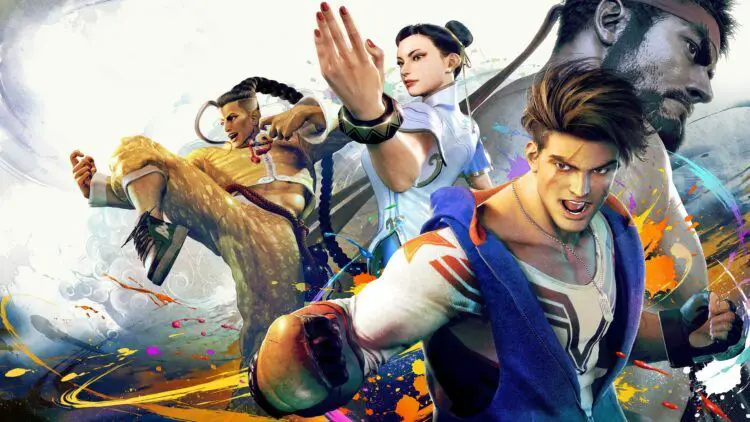Let’s dive into the world of Street Fighter 6 frame data and uncover its intricacies together. The inclusion of the frame meter in the training mode of Street Fighter 6 is a valuable enhancement to the game, providing players with a tool to enhance their skills.
Capcom has introduced frame data in Street Fighter 6, specifically designed to aid competitive players in improving their combat prowess. Mastering the frame meter and comprehending the information it provides grants players a significant advantage in battles, allowing them to assert their dominance over opponents.
Factoid:
- Street Fighter 6 frame data provides insights into the duration of movements, measured in frames, required to fully execute them. The frame number categorizes each movement into three main sections.
- The Startup frame section indicates the number of frames a character needs to initiate their attack pattern. This phase is represented by the color green on the frame meter.
- The Active frame period represents the timeframe during which the character lands a hit on the opponent. It is depicted as the color red on the frame meter.
- The Recovery frame phase denotes the number of frames it takes for a character to return to a neutral position after executing an attack. This period signifies the character’s cooldown and is crucial for planning subsequent actions.
Street Fighter 6 frame data explained
The frame meter in Street Fighter 6 provides a representation of each individual frame within the game. By slowing down the gameplay, players can observe how the animations of their fighter change with each frame displayed in the frame meter.
To comprehend the frame data and frame meter, it is essential to have a clear understanding of the concept of a ‘frame’ in fighting games. In this context, a frame refers to the smallest unit of time that contributes to creating an animation. By default, Street Fighter 6 operates at 60 frames per second, provided that your system meets the necessary requirements. This means that within each second of gameplay, 60 frames are combined to depict various animations such as walking, attacking, jumping, or blocking.
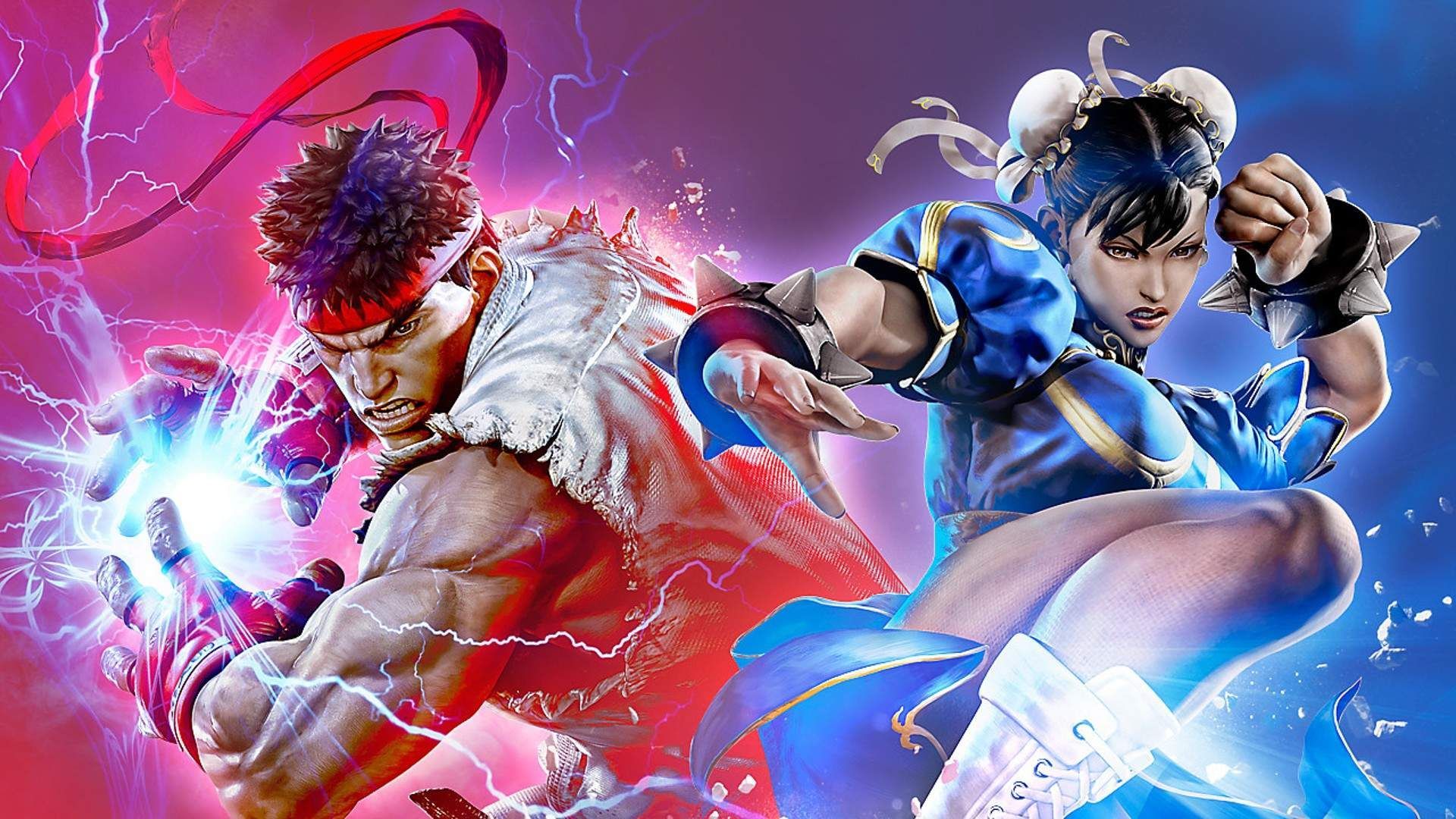
Street Fighter 6 frame data types
Frame data provides detailed information about the number of frames required for different types of movements in a fighting game. It breaks down each movement into distinct sections or types to provide a comprehensive understanding. During combat between two characters, each move has a specific number of frames needed for its execution, which can be further divided into three stages in the frame data.
- Startup frame: The startup frame refers to the initial movement that triggers the attacking animation. The number of startup frames typically varies based on the type of attack being performed. Heavier attacks tend to have more startup frames, making the attacker vulnerable during this period. In the frame meter, the startup frames are represented by the green box.
- Active frame: The active frame is when the character executes the attack or grab against the opponent. It is the timeframe during which the attack connects and inflicts damage if the opponent is within range. Quick punches or kicks have fewer active frames, while heavy attacks require more frames. In the frame meter, the active frames are depicted by the red section.
- Recovery frame: The recovery frame represents the brief cooldown period that the character undergoes after landing an attack. During this time, the character is vulnerable and unable to perform any further moves. The recovery time increases with the weightiness of the attack. It is the stage when the character returns to a neutral state after completing the attack. In the frame meter, the recovery frames are denoted by the blue boxes.
It is crucial to be aware of the frame data and understand these stages, as a quicker recovery by the opponent can leave you vulnerable to follow-up attacks or lethal attacking combos.
Advantages and disadvantages of frame data in Street Fighter 6
The frame advantage or disadvantage can be determined by examining the frame number associated with a move. A positive number indicates frame advantage, meaning that you can act before your opponent returns to a neutral state. Conversely, a negative number signifies that the opponent will recover faster.
For example, a +5 frame advantage implies that you can act 5 frames earlier than your opponent, allowing you to punish them. On the other hand, a -5 frame disadvantage means that you are vulnerable to attack for the next 5 frames until you recover.
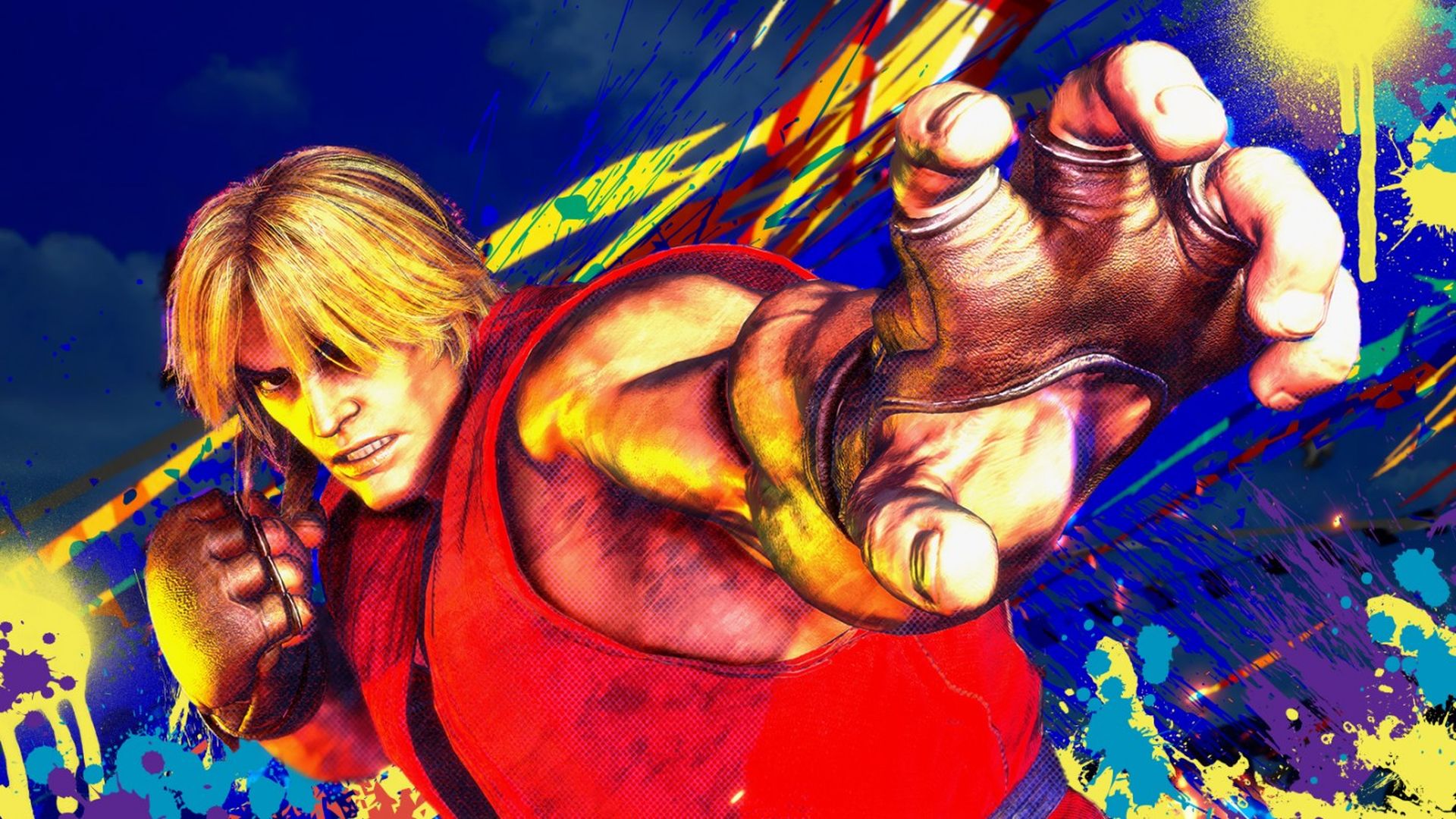
The frame advantage or disadvantage is primarily determined by the startup and recovery frames of an attack. These two phases can catch you off guard if your opponent’s attack has fewer startup or recovery frames. The advantage a player gains depends on the type of attack they choose to use in a specific situation.
To assess the frame advantage, you can compare the frame meter of both players when they perform a move and observe which character’s move was faster than the other. This comparison helps in understanding the timing and potential advantages or disadvantages in combat scenarios.
On-hit
To excel as a player in SF6, it is crucial to have a comprehensive understanding of the movement frames of various fighters. By leveraging this knowledge of frame data, you can gain an advantage over your opponent, particularly with an on-hit advantage. If both players execute an attack simultaneously, the player with fewer startup frames is more likely to land a successful hit due to frame advantage.
During your attack, you may observe a yellow bar in your opponent’s frame meter. This yellow frame period is known as “Hit Stun,” which denotes the duration during which the opponent is unable to perform any actions. If your recovery frames are shorter than the hit stun frames, it indicates that you still maintain an advantage and can execute a follow-up attack with fewer startup frames than the hit stun period, increasing the chances of a successful hit.
Being aware of the hit stun frames and managing your recovery frames allows you to capitalize on the situation and maintain control during a battle. This understanding of frame dynamics is instrumental in executing effective combos and maintaining offensive momentum.
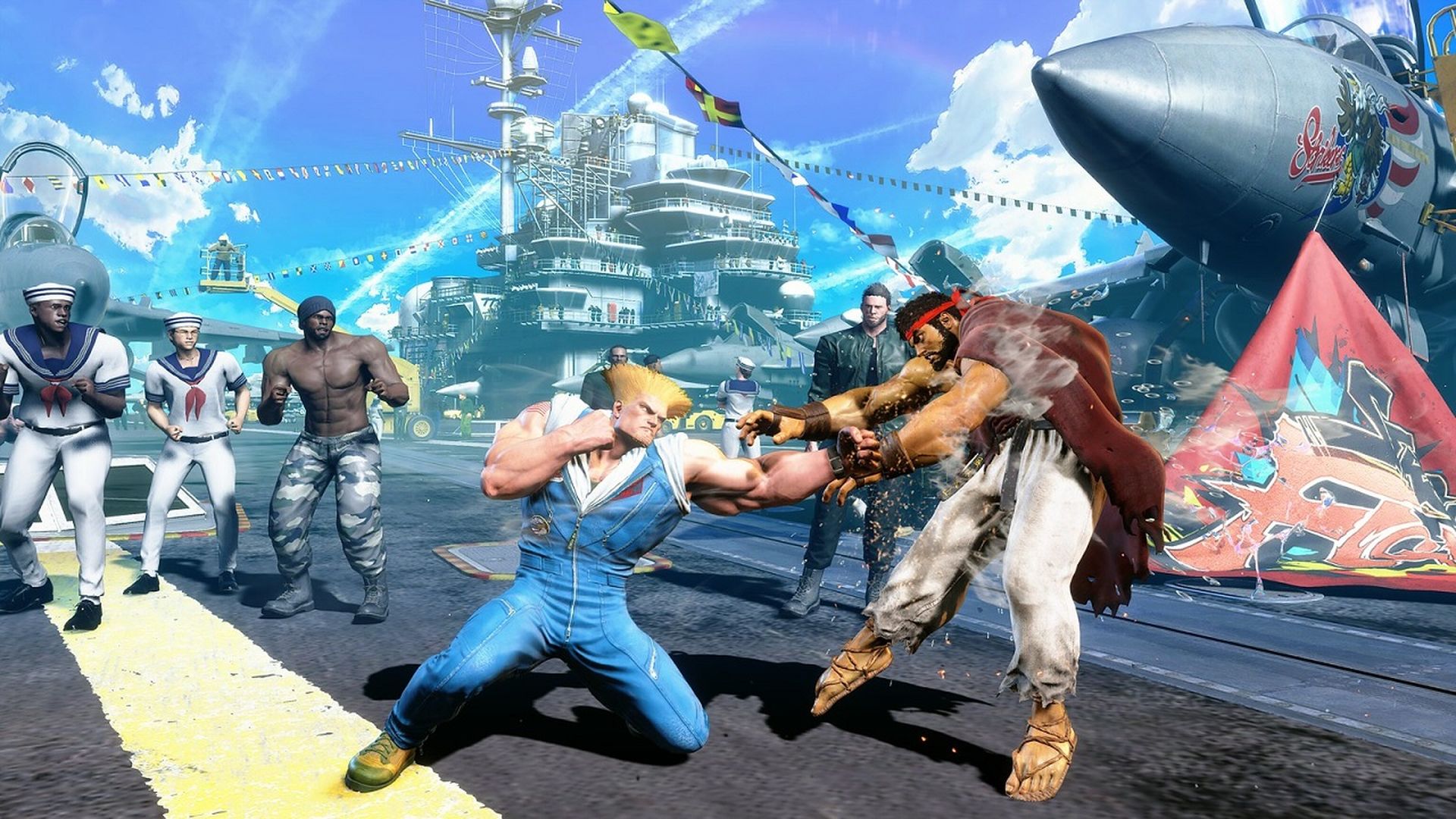
On-block
On-block situations occur when you successfully block an attack and recover before your opponent returns to a neutral state. In such scenarios, your opponent’s recovery is faster than yours. For instance, if your heavy kick is dodged or blocked by your opponent, you will experience an On-block disadvantage as your opponent will recover more quickly than you.
To provide an example, if the On-block disadvantage period is 6 frames, it implies that your opponent can execute any attack with startup frames of 6 or fewer to successfully land a hit on you.
It is important to note that dodging an attack grants you more On-block advantage frames compared to simply blocking it. This means that by evading an attack rather than blocking it, you create a greater opportunity to regain control and initiate counterattacks.
Frame types in frame meter
In addition to the primary frames, there are several other frame types in the meter that provide further information about different types of attacks, such as aerial attacks and projectiles. Let’s take a quick overview of these frame types as well:
- Invincibility period: Many characters possess moves that have an invincible period during which they cannot be harmed at all. For example, Ryu’s Dragon Punch may have an invincibility duration of 3 frames. These invincibility frames are indicated by white and grey striped boxes in the frame meter, signaling that no damage can be inflicted on the player during these frames.
- Strike invincible period: Certain characters have moves that can only be canceled by projectiles. The Strike Invincible Frames represent the duration during which the character cannot take damage from strike attacks but remains vulnerable to projectile attacks. These frames are depicted by white and red stripes on the frame meter.
- Projectile invincibility period: The Projectile Invincible Frames indicate the time during which the character cannot be damaged by projectile attacks but remains susceptible to strike attacks. These frames are shown as yellow and white stripes on the frame meter.
These additional frame types provide valuable insights into specific attack vulnerabilities and strategies, allowing players to make informed decisions during battles.
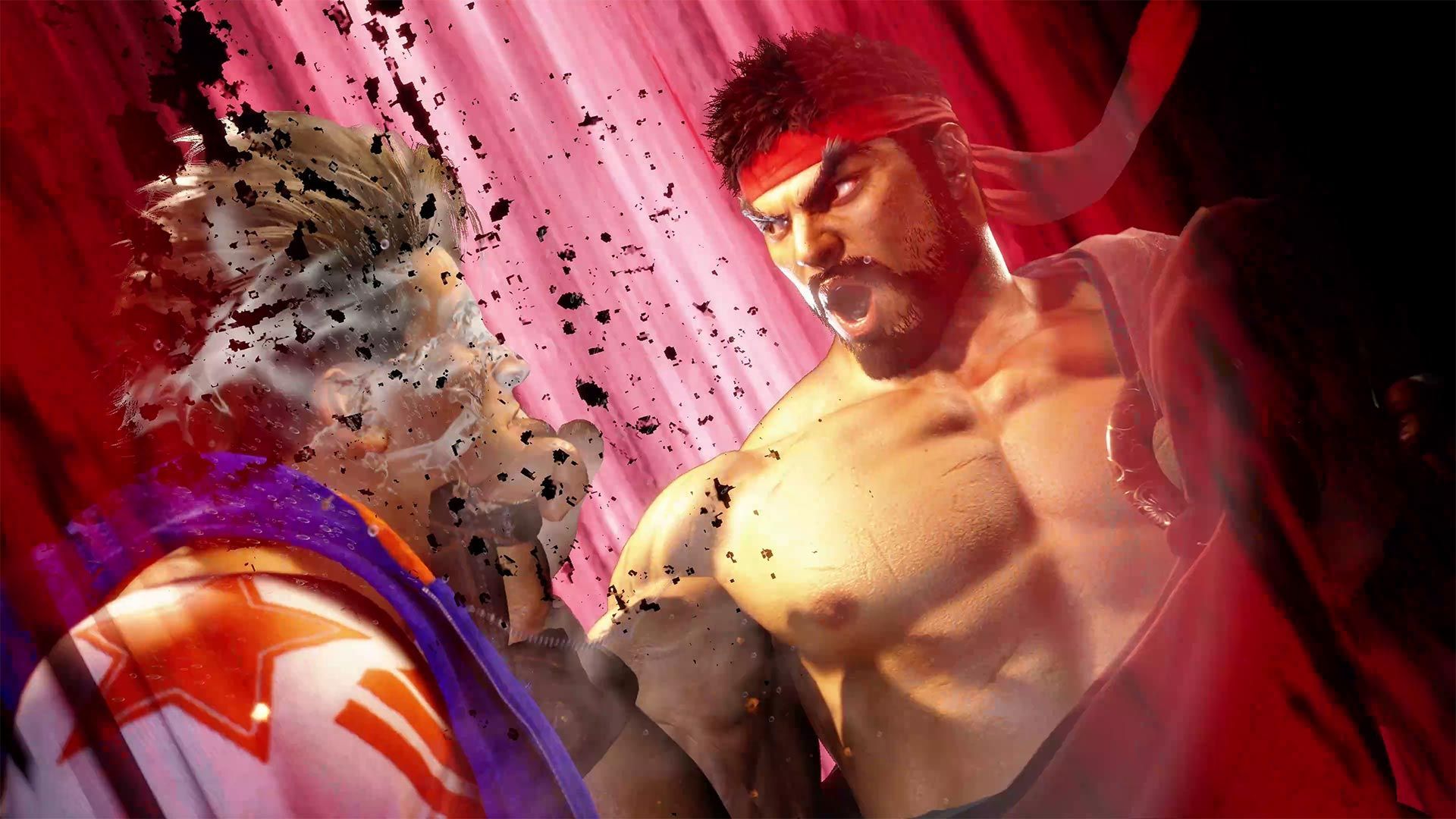
Bottom line
This concludes our guide on Street Fighter 6 frame data. Understanding frame data provides a significant advantage in fights and combat, particularly for competitive play. Normal attacks typically have a startup ranging from 3 to 12 frames, depending on the specific type of attack. Throws and projectiles typically have a startup of around 5 frames. Special attacks and combos can vary greatly, ranging from 3 to 60 frames.
Armed with this knowledge of frame data, you can now apply your understanding to different characters like Dhalsim, JP, and Chun Li. Additionally, you can explore the various editions of Street Fighter 6 to find the one that suits you best. Lastly, be sure to check out the plot of Street Fighter 6, where your avatar takes part in the Open World setting. The game is available on Steam. Learn if the will SF6 Cammy be the new main character of the series!

